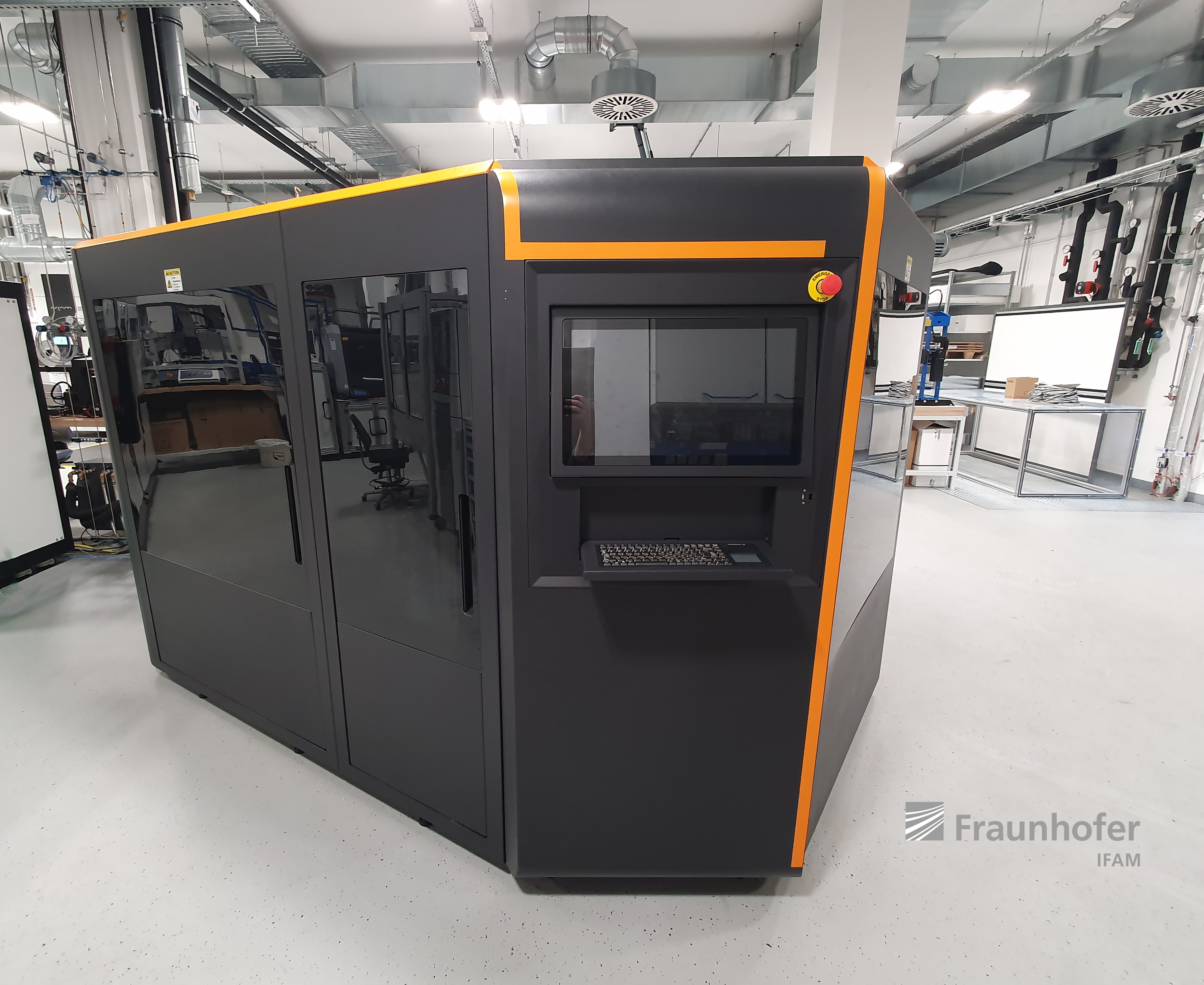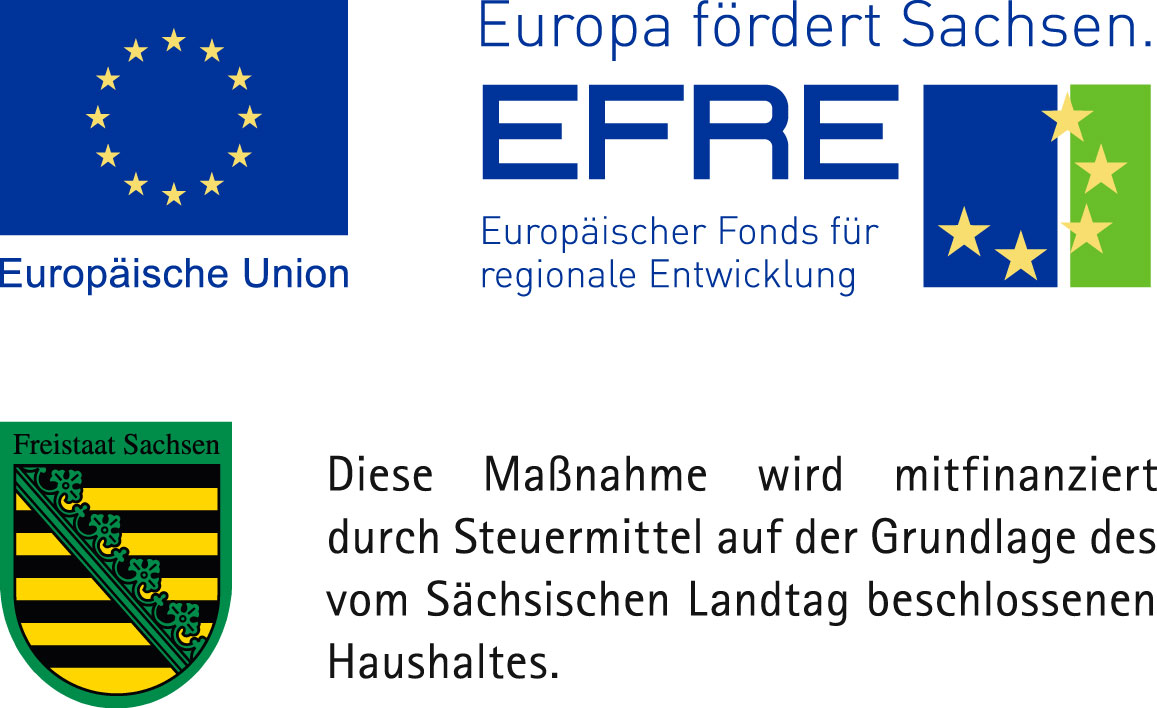New possibilities in additive manufacturing: Fraunhofer IFAM Dresden installs brand-new MoldJet® printing system
The Fraunhofer Institute for Manufacturing Technology and Advanced Materials IFAM in Dresden is expanding its expertise in the field of sinter-based additive manufacturing with the new, innovative MoldJet® process. As the first European user of this system, invented by the Israeli company Tritone Technologies Ltd. in 2019, the institute is giving a new edge to additive manufacturing.
The MoldJet® technology is a synergy of two manufacturing processes. An organic mold is built layerwise with an inkjet process as a negative of the desired part. The remaining openings are filled with a water-based paste in a slot-die process.
Each layer can be different, enabling infinite variations in component shapes, including free-standing areas. Finally, the organic mold is removed, and the 3D-shaped green body is taken for heat treatment and sintering.
Each printed layer is checked by an inspection unit. Defects can be detected instantly, mechanically removed and the layer reprinted if necessary. This leads to low scrap rates, significant cost and materials savings and, overall, to an increased efficiency. Also, data on the printing process can be collected for continuous development.
The MoldJet® process offers further great benefits compared to many other additive manufacturing processes:
MoldJet® is not only fit for small, filigree parts but large-volume components can be achieved, too. Due to the nature of the mold, the surface quality compares favorably to typical laser-based technologies. Internal channels as well as overhangs can be realized, both major challenges for additive manufacturing so far.
The technology is applicable across a vast range of materials. Any sinterable materials like stainless steel, pure copper, alloys based on nickel, titanium and refractories, even ceramics can be used.
The most significant advantage is the very high productivity of the process. Working with six trays for printing and six autonomous workstations, a productivity of up to 1,600 cm³/h can be achieved.
The new MoldJet® printing system was installed at ICAM®, the Innovation Center Additive Manufacturing. Here, Fraunhofer IFAM Dresden brings together its wide range of additive manufacturing processes and develops new solutions for materials and component geometries. Besides the new MoldJet® process, customers can profit from the possibilities of Selective Electron Beam Melting, 3D Screen Printing, metal based Fused Filament Fabrication and Gel Casting.
With its extensive technological possibilities and powder-metallurgical know-how, Fraunhofer IFAM Dresden covers the complete process chain from material development and printing to sintering and characterization.
Further information on Additive Manufacturing at Fraunhofer IFAM Dresden and the new MoldJet® process in particular.
Last modified:
 Fraunhofer Institute for Manufacturing Technology and Advanced Materials IFAM
Fraunhofer Institute for Manufacturing Technology and Advanced Materials IFAM
